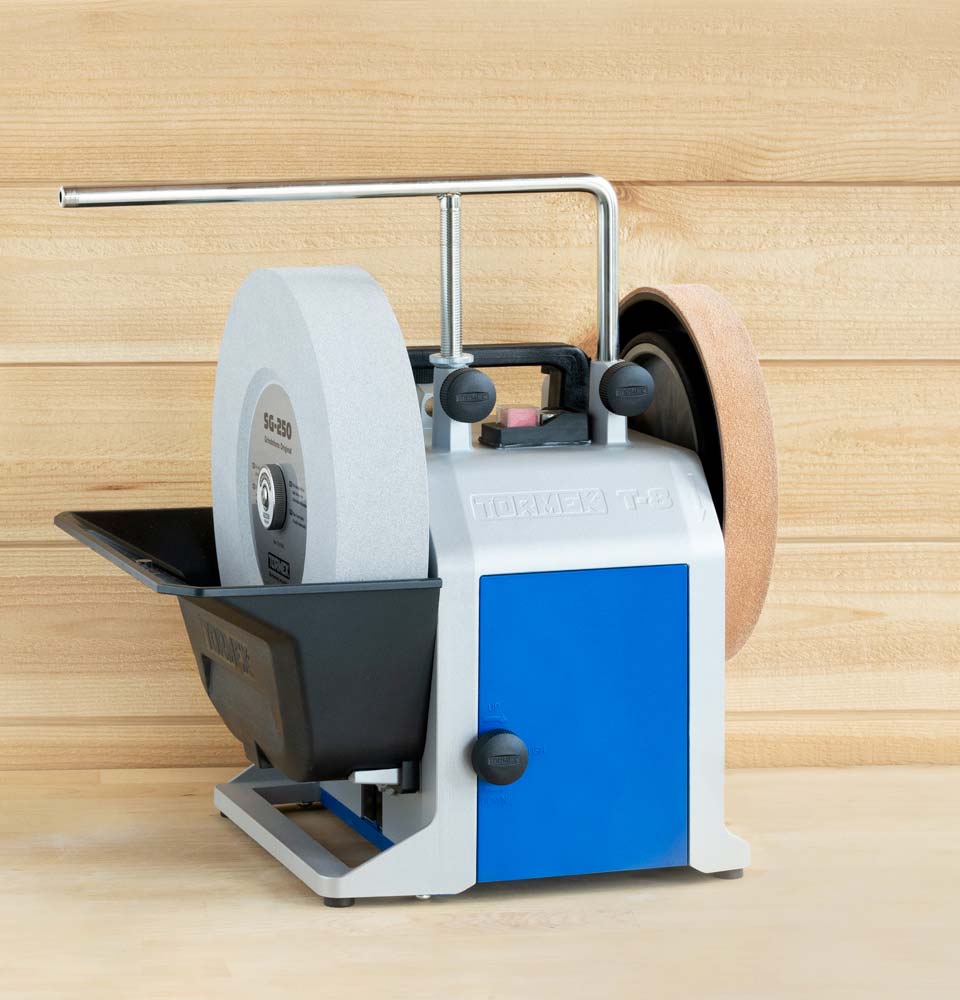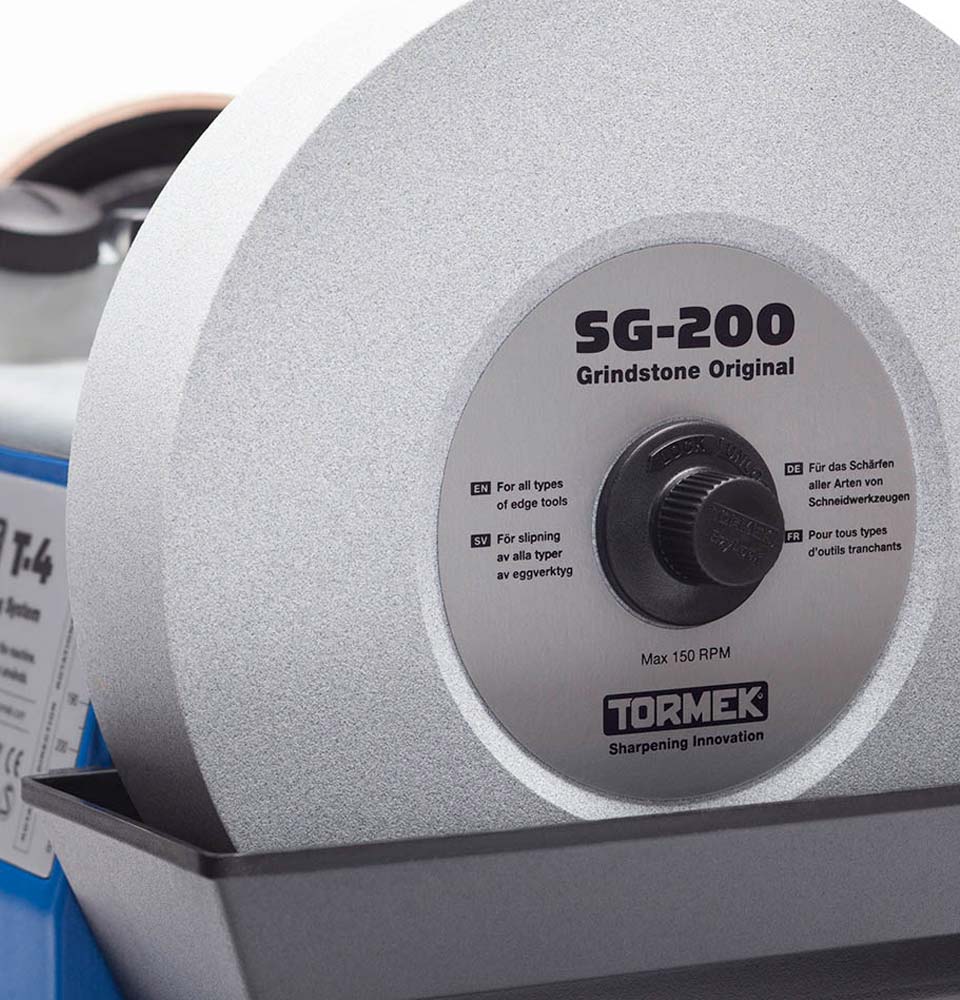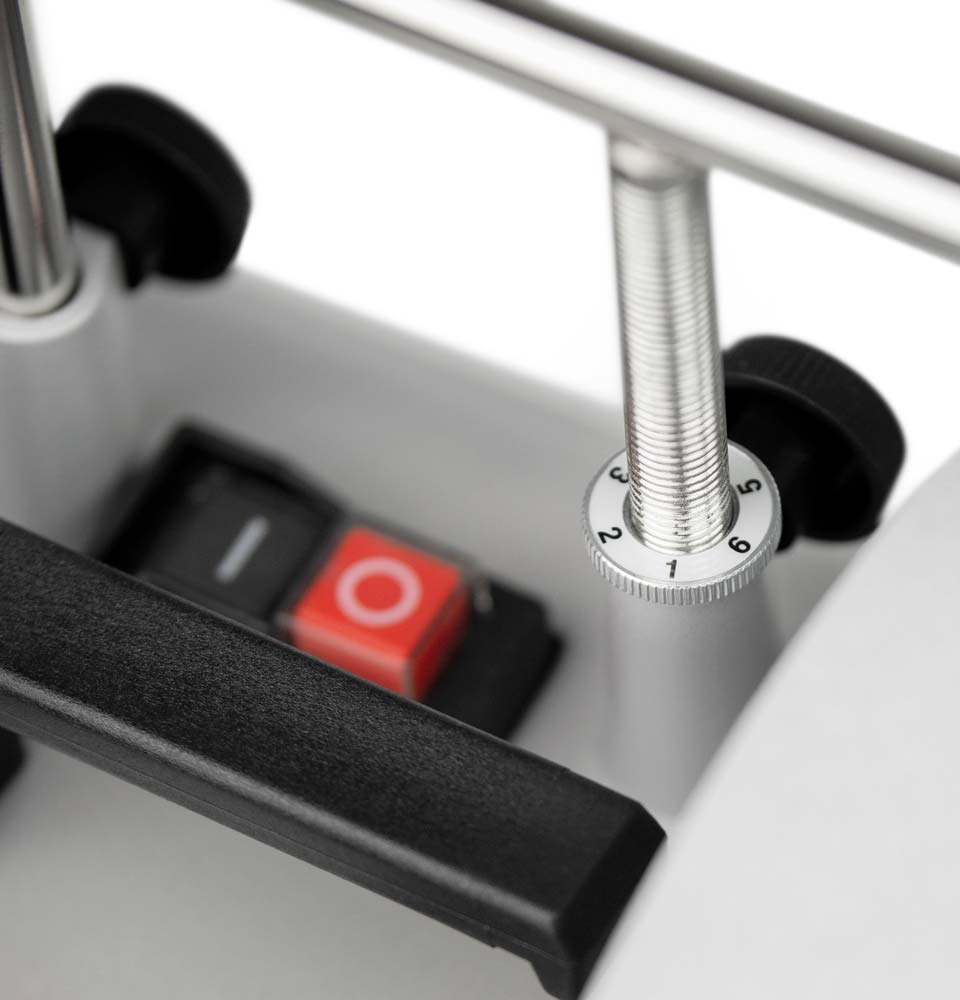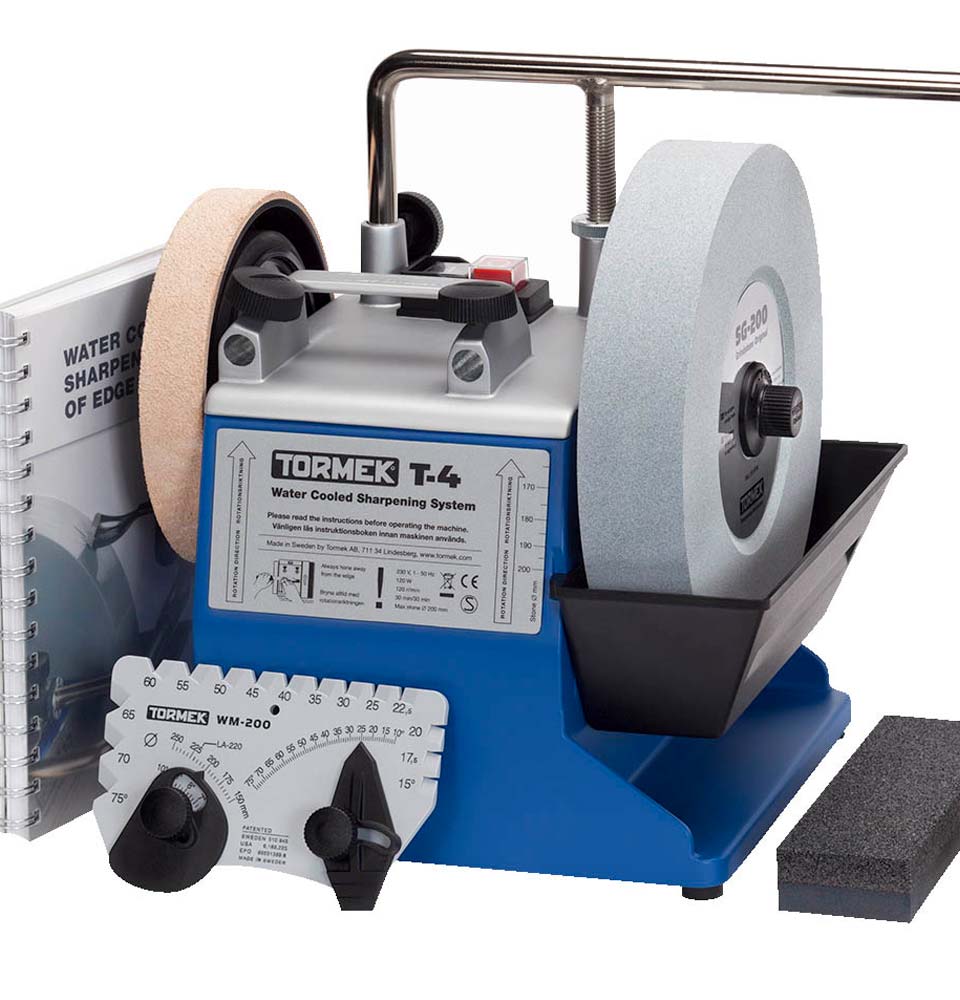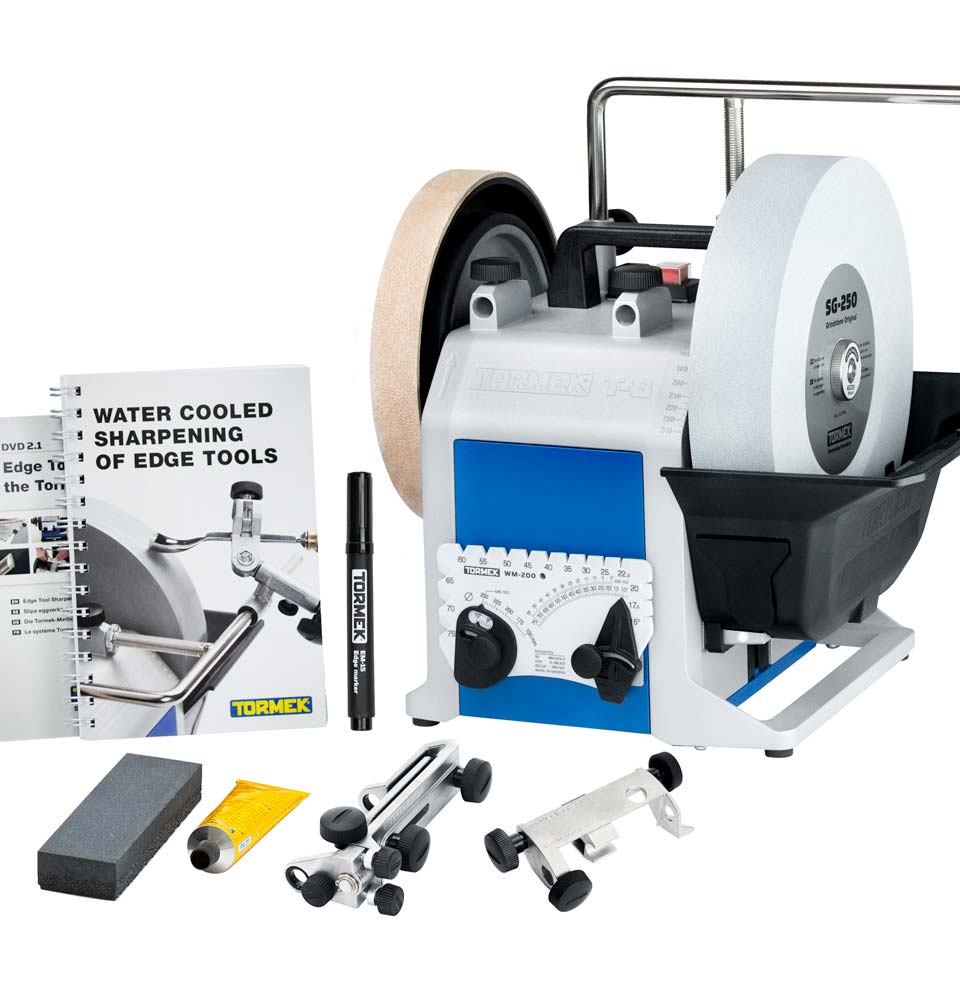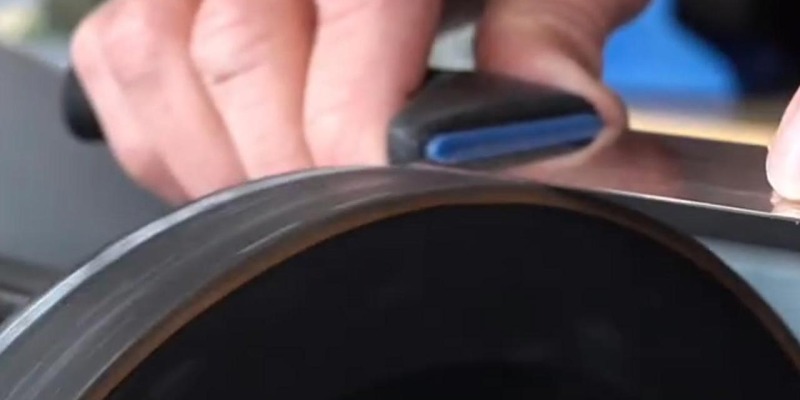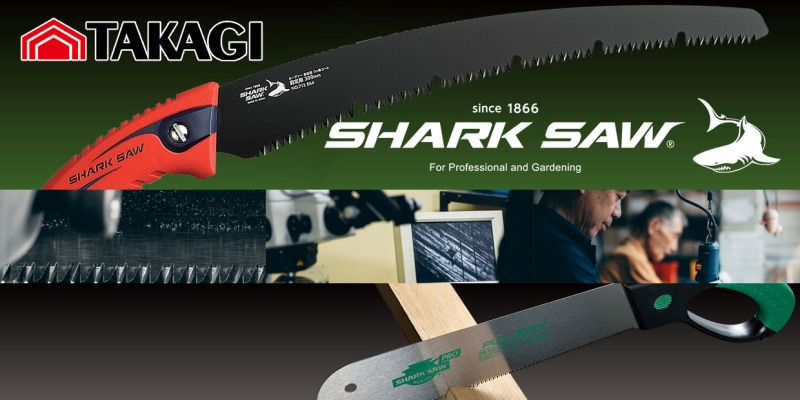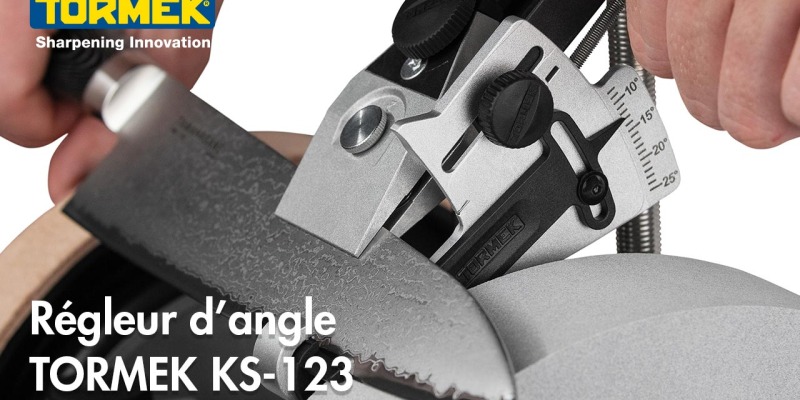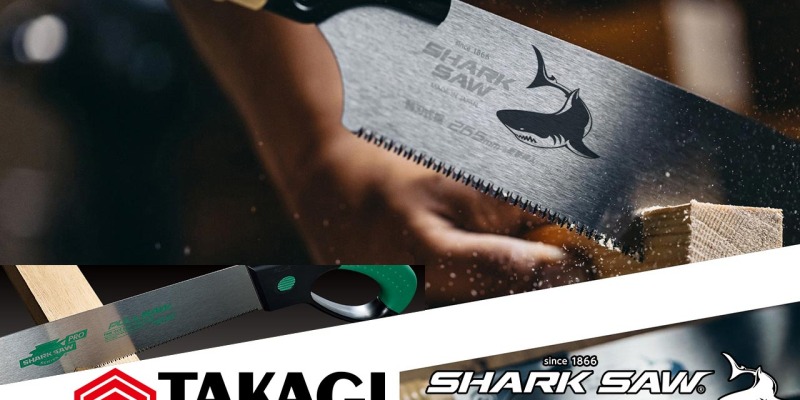Here is a presentation table to help you choose the appropriate circular saw blade based on the wood or material to be machined and the diameter of the blade :
| Material to be machined | Blade diameter (mm) | Type of blade teeth | Information |
|---|---|---|---|
| Softwood (pine, spruce, poplar, etc.) | 160-190 | Alternate teeth | Suitable for cross and rip cuts |
| Hardwood (oak, beech, ash, etc.) | 200-250 | Alternate teeth | Suitable for cross and rip cuts |
| Melamine, plywood, particleboard | 250-300 | Trapezoidal teeth | Suitable for cross and rip cuts |
| Rough wood | 250-300 | Flat teeth | Suitable for cross and rip cuts |
| Thin cutting wood (veneers, laminates, etc.) | 160-200 | Low-angle alternate teeth | Suitable for cross and rip cuts |
| Exotic wood (teak, iroko, etc.) | 250-350 | Alternate teeth | Suitable for cross and rip cuts |
| Non-ferrous metals (aluminum, brass, copper, etc.) | 250-350 | Alternate teeth | Use a blade specially designed for metals |
| Plastics and composite materials | 250-350 | Alternate teeth | Use a blade specially designed for plastics and composite materials |
It is important to note that the choice of the circular saw blade will also depend on the electroportative machine used and the desired cutting depth. It is therefore recommended to check the machine's specifications and the manufacturer's recommendations before purchasing a circular saw blade.


